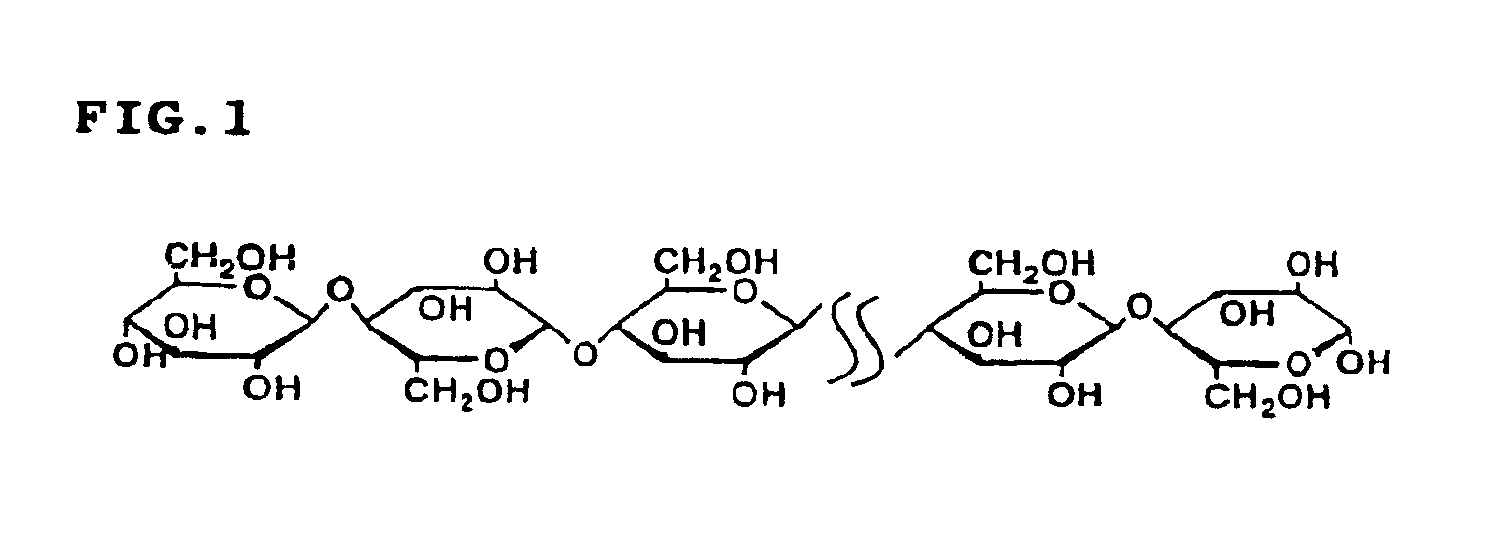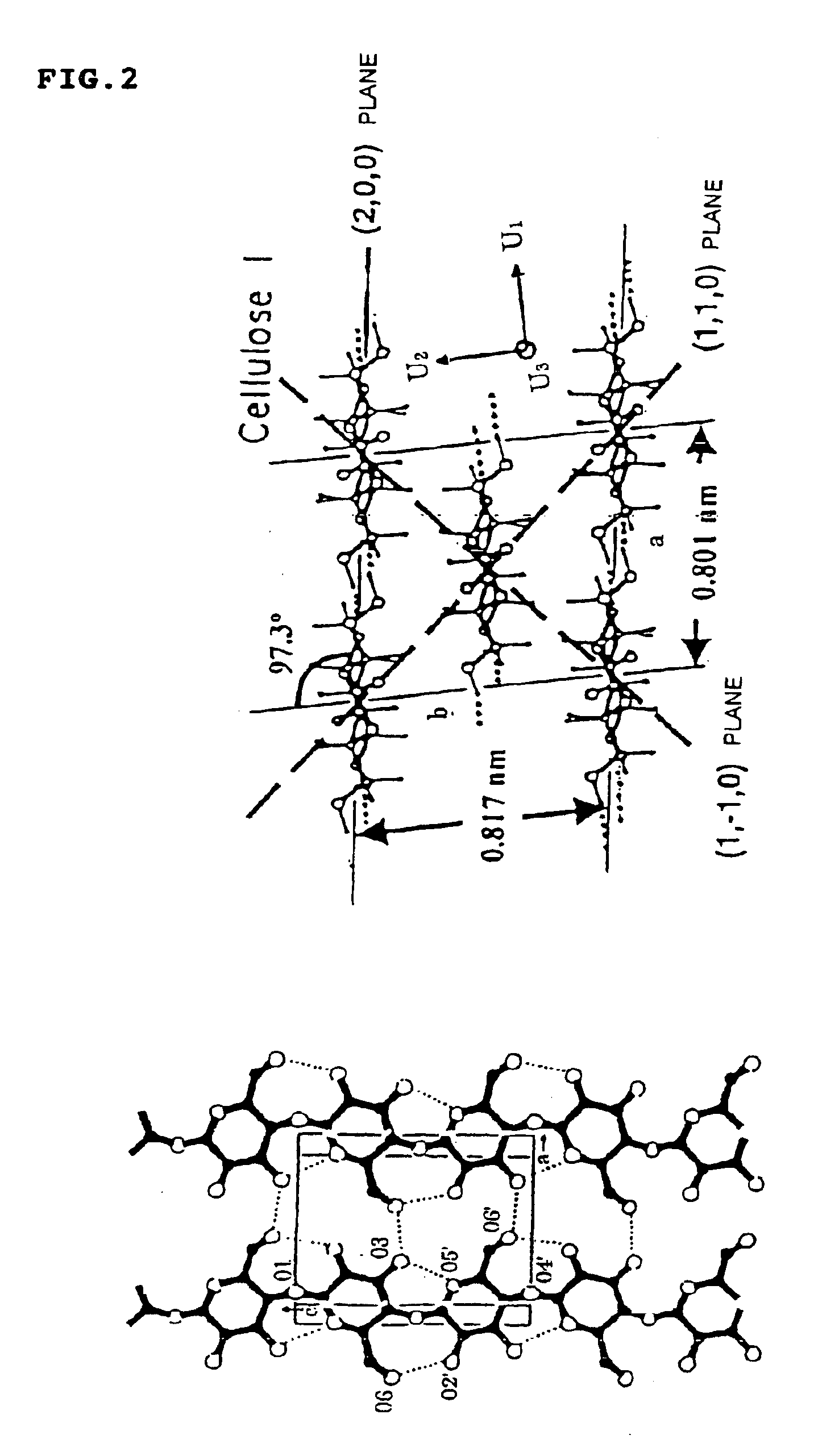Method for forming cellulose
- Summary
- Abstract
- Description
- Claims
- Application Information
AI Technical Summary
Benefits of technology
Problems solved by technology
Method used
Image
Examples
examples
[0067]Hereinafter, the results of a process which has been actually performed by means of the system shown in FIG. 4 will be described. In this experiment, the volumes of the slurry pumps 22a and 22b each were 300 cm3, an SUS316 stainless tube (external diameter: ⅛ inches) was used as the reaction tube 28, and the volume of the reaction tube 28 was varied from 0.03 to 5.27 cm3 by replacing the reaction tube 28. Further, the concentration and flow rate of a cellulose-water slurry filled in the slurry pumps 22a and 22b were set to be 10 wt % and 6.0 g / min, respectively. Meanwhile, the flow rate of high-temperature hot water fed into the reaction tube 28 was set to be 12.0 g / min. The reaction temperature and pressure within the reaction tube 28 were set to be 370 to 400° C. and 25 to 33 MPa, respectively. Further, a reaction solution discharged from the reaction tube 28 was cooled in the cooler 30 rapidly to 60° C.
[0068]A residual cellulose separated by the inline filters 34a and 34b a...
PUM
| Property | Measurement | Unit |
|---|---|---|
| Temperature | aaaaa | aaaaa |
| Pressure | aaaaa | aaaaa |
| Temperature | aaaaa | aaaaa |
Abstract
Description
Claims
Application Information
 Login to View More
Login to View More - R&D
- Intellectual Property
- Life Sciences
- Materials
- Tech Scout
- Unparalleled Data Quality
- Higher Quality Content
- 60% Fewer Hallucinations
Browse by: Latest US Patents, China's latest patents, Technical Efficacy Thesaurus, Application Domain, Technology Topic, Popular Technical Reports.
© 2025 PatSnap. All rights reserved.Legal|Privacy policy|Modern Slavery Act Transparency Statement|Sitemap|About US| Contact US: help@patsnap.com



